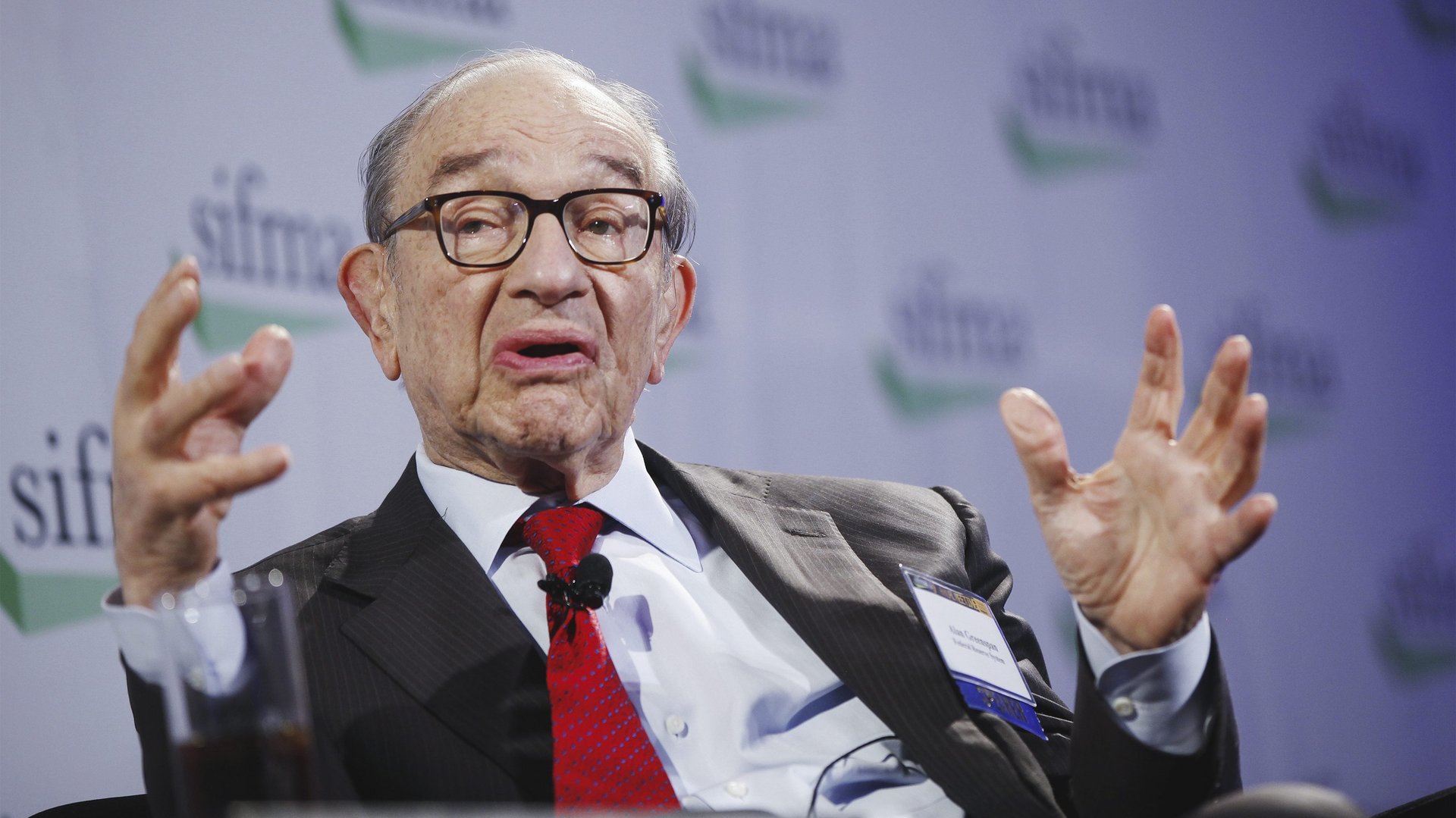Why the Fed’s last 75-point hike is a bad guide for the present
The last time the US Federal Reserve raised interest rates by 75 basis points, a Democratic president was in the second year of his term, the stock market had just enjoyed a buoyant couple of years, and a Tom Cruise movie was in the theaters. Not so different from now—except that it was 1994, no one was worrying about a recession, and there was no inflation to speak of.


The last time the US Federal Reserve raised interest rates by 75 basis points, a Democratic president was in the second year of his term, the stock market had just enjoyed a buoyant couple of years, and a Tom Cruise movie was in the theaters. Not so different from now—except that it was 1994, no one was worrying about a recession, and there was no inflation to speak of.
In November 1994, Alan Greenspan, the then-chairman of the Federal Reserve, announced a rate hike from 4.75% to 5.5%. Under Greenspan, the Fed had been slowly tightening the screws, after leaving rates untouched throughout 1993. From 3.25% in January 1994, the rates crept up all year, until they leaped those 75 basis points in November.
To observers, and particularly to the Clinton White House, these moves were befuddling. Inflation was at its lowest in two decades, hovering around 2.7%, but with market indices thriving, Greenspan thought he felt the first licks of warmth from a heating economy. He was such a hawk that he favored raising rates preemptively—to the point, his critics said, of not allowing the economy to flourish. “Sometimes, when Greenspan was due to come over to the White House, the president would entertain his advisers with an imitation of the Fed chairman: a cheerless old man droning on about inflation,” wrote Sebastian Mallaby, Greenspan’s biographer. When Greenspan proposed the 75-basis-point hike to his colleagues, Mallaby added, “it was as though Greenspan had listened to [speaker Newt] Gingrich and Clinton wax lyrical about the economy’s potential and had resolved to pick a fight with both of them.”
The soft landing of 1994
In retrospect, economists think that Greenspan’s tightening brought the US down into a soft landing—a cooling of the markets that avoids the kind of recession often triggered by sharp, sudden rises in interest rates. Despite another rate increase by 50 basis points in February 1995, the Dow Jones rose more than 33% over the course of that year, showing that the economy’s spirits were unaffected by Greenspan’s great hike. Inflation stayed mild. We will never know the counterfactual, of course; prices may have remained low anyway, thanks to the efficiencies of rapid globalization, and Greenspan may have nipped a larger economic boom in the bud. But as the phrase goes: no harm, no foul.
Jerome Powell, the current Fed chair, finds himself in a very different position. He is trying to fight already blazing fires with respect to both inflation, which has risen to 8.6%, and the plunging in the stock market. Fears of a recession abound, in large part because everyone expects the Fed will hit the brakes hard very soon to tame prices. Powell wants a soft landing as well. Unlike Greenspan in 1994, though, he is already feeling turbulence.